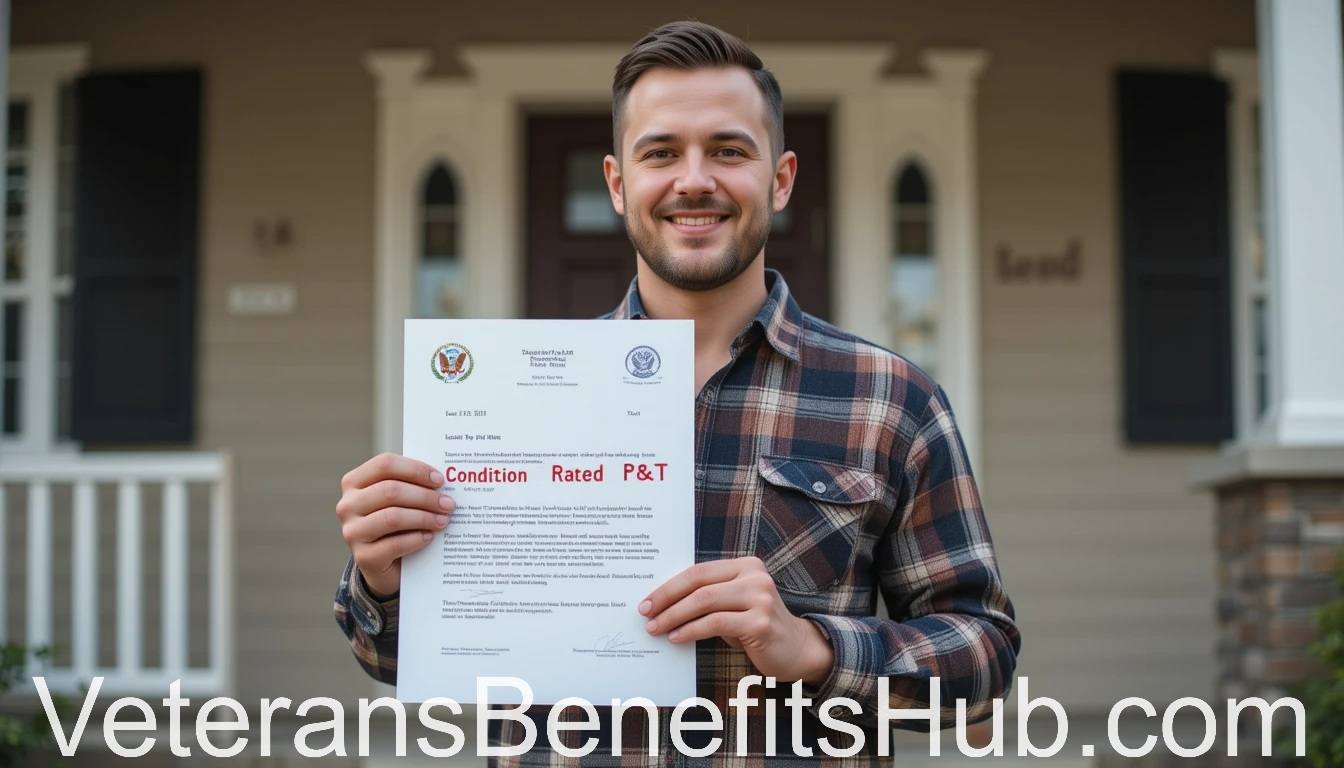Upcoming VA Rating Changes for Veterans in 2025: What You Need to Know
Our contributor provides an in-depth look at the proposed VA rating changes for 2025, which could significantly impact veterans’ disability compensation. As of May 15, 2025, these updates are under review, and while some changes may benefit certain veterans, others could lead to reduced ratings for conditions like sleep apnea and tinnitus. This article outlines the anticipated changes, their potential effects, and steps veterans can take to prepare.
Overview of Proposed VA Rating Changes
The current administration is reviewing proposed updates to VA disability ratings, with a focus on mental health conditions, sleep apnea, and tinnitus. While there’s a possibility these changes could be delayed or even canceled, veterans must stay informed. Our contributor emphasizes that the changes are not finalized, but they could take effect by late summer or fall of 2025, with a 60-day implementation period following official publication.
This article covers the following key areas:
- Anticipated changes to mental health ratings
- Proposed reductions in sleep apnea ratings
- Elimination of separate tinnitus ratings
- Effective dates and grandfathering provisions
Mental Health Rating Changes: A Shift Toward Objectivity
The proposed changes to VA ratings for mental health conditions, such as PTSD, depression, and anxiety, aim to create a more objective and consistent evaluation process. The current system, which relies on vague “occupational and social impairment” language, would be replaced by a domain-based model. This model evaluates symptoms across five measurable areas:
- Cognition: Memory, focus, and decision-making abilities
- Interpersonal Interactions: Relationships with family, friends, and colleagues
- Task Completion and Life Activities: Ability to perform daily tasks
- Navigating Environments: Functioning socially, occupationally, and relationally
- Self-Care: Personal hygiene and independent living skills
Under the proposed system, mental health ratings would range from 10% to 100%, eliminating the 0% rating. The breakdown is as follows:
- 10% Rating: Any service-connected mental health diagnosis (e.g., PTSD, depression, anxiety, insomnia) automatically qualifies for at least 10%.
- 30% Rating: Level 1 severity in two or more domains.
- 50% Rating: Level 2 severity in one domain.
- 70% Rating: Level 3 severity in one domain or Level 2 in two or more domains.
- 100% Rating: Level 4 severity in one or more domains or Level 3 in two or more domains.
Why This Could Be Positive:
- More Accurate Ratings: Veterans with severe symptoms may receive higher ratings, even if employed.
- Less Subjective Judgments: Veterans won’t be penalized for maintaining relationships or jobs.
- Fairness for High-Functioning Veterans: A 100% rating is possible without proving total breakdown.
- Minimum 10% Rating: Every service-connected mental health condition qualifies for at least 10%.
Our contributor notes that these changes, if implemented, could make it easier for veterans to secure fair compensation without navigating outdated criteria. However, nothing is finalized, and veterans should monitor updates closely.
Sleep Apnea Rating Changes: A Significant Downgrade
Sleep apnea, one of the most common high-value VA claims, faces a major overhaul in the proposed 2025 ratings. Currently, veterans using a CPAP machine automatically receive a 50% rating. The new criteria would make this rating much harder to achieve, with the following structure:
- 100% Rating: Ineffective treatment or inability to use treatment, with end-organ damage.
- 50% Rating: Ineffective treatment or inability to use treatment, without end-organ damage.
- 10% Rating: Incomplete relief with treatment.
- 0% Rating: Asymptomatic with or without treatment.
The 30% rating for sleep apnea would be eliminated entirely. Veterans whose sleep apnea is controlled with a CPAP or other treatment would likely be downgraded to a 10% rating, losing the automatic 50% rating. Conditions like contact dermatitis, Parkinson’s disease, missing limbs, facial disfigurement, or skull fractures could qualify as comorbidities that prevent effective treatment, but these are rare.
Why This Is Concerning: Most CPAP users would see their ratings drop from 50% to 10%, significantly reducing monthly compensation. Our contributor advises veterans to file sleep apnea claims now, as securing a 50% rating will be nearly impossible once the new criteria take effect.
Tinnitus Rating Changes: Losing a Key Gateway Claim
Tinnitus, a common condition long rated at 10% as a standalone claim, faces elimination as a separately rated condition under the proposed 2025 rules. Instead, tinnitus will only be rated if linked to another service-connected condition, such as Meniere’s disease, traumatic brain injury (TBI), neurocognitive disorders, or hearing loss (if non-compensable at 0%).
Why This Hurts Veterans:
- No Standalone Rating: Veterans with tinnitus as their only condition will receive no rating unless it’s tied to another rated condition.
- Loss of Secondary Claims: Tinnitus often serves as a gateway for secondary conditions like mental health issues or headaches. Without a separate rating, these secondary claims become harder to establish.
- Barrier for New Claims: The 10% tinnitus rating has helped millions of veterans gain a foothold in the VA system. Its elimination could leave many without compensation.
Our contributor strongly recommends filing tinnitus claims under the current system to secure the 10% rating before the changes take effect.
Grandfathering and Effective Dates
Veterans with existing ratings for mental health, sleep apnea, or tinnitus will be grandfathered in under the current rules, meaning their ratings will not be reduced due to the new criteria. However, the proposed changes will apply to:
- New claims filed after the rules take effect
- Pending claims still under review when the new rules go live
While no confirmation date is set, our contributor anticipates the changes could be finalized by late 2025. Veterans should file claims now to benefit from the current, more favorable criteria.
Will These Changes Happen?
It’s possible that some or all of the proposed changes to mental health, sleep apnea, and tinnitus ratings may not occur. The current administration is actively reviewing the proposals, and they could be delayed, modified, or withdrawn entirely. Our contributor stresses the importance of staying informed and filing claims under the current system while it’s still in place.
Action Steps for Veterans
Our contributor urges veterans to take the following steps:
- File Claims Now: Submit claims for mental health, sleep apnea, or tinnitus under the current criteria to secure higher ratings.
- Stay Informed: Monitor VA announcements for updates on the proposed changes.
- Prepare for Impact: Understand how the new criteria could affect future claims and plan accordingly.
These changes could have a profound impact on veterans, with mental health updates potentially offering improvements, while sleep apnea and tinnitus changes represent significant setbacks. Filing claims now could ensure veterans are grandfathered in under the current system, preserving their benefits.
Conclusion
The proposed 2025 VA rating changes could reshape how mental health, sleep apnea, and tinnitus are evaluated, with mixed outcomes for veterans. Our contributor emphasizes that while mental health reforms may bring fairer ratings, the reductions in sleep apnea and tinnitus compensation are concerning. Veterans should act quickly to file claims, stay updated, and advocate for the benefits they’ve earned through their service.
Thank you for your service, and stay in the fight for the benefits you deserve.
Disclaimer: Some portions of this article may reflect the opinions of our contributor. The information provided is based on proposed VA rating changes as of May 15, 2025, and is subject to change. Veterans are encouraged to consult official VA resources and stay informed about updates to the rating criteria.









